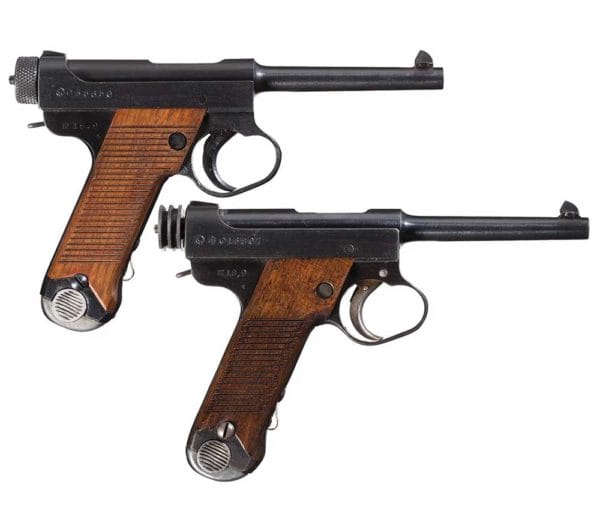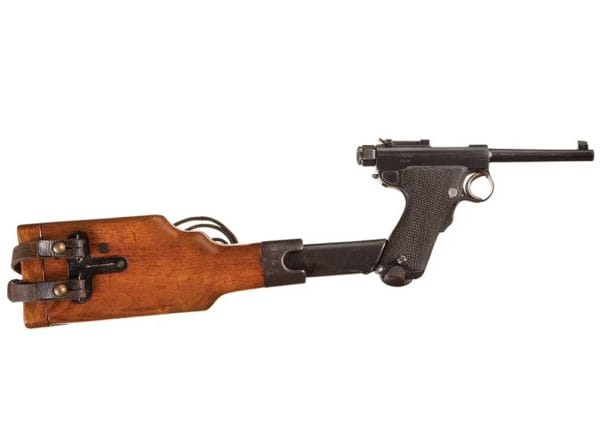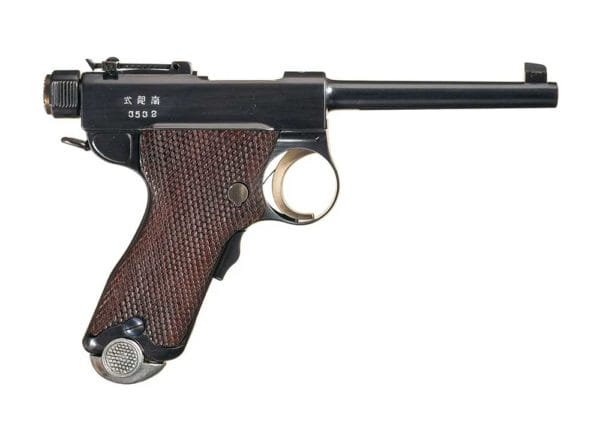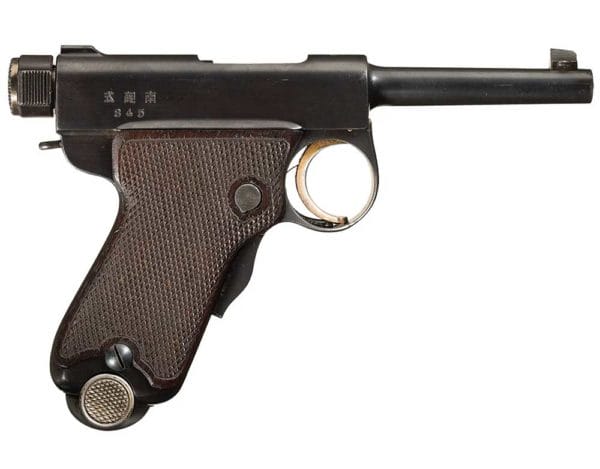
Japan – -(Ammoland.com)- Lieutenant General Kijirō Nambu, whose name is best known when preceded by “Grandpa,” “Papa,” or “Baby,” was born on September 22, 1869. Despite going on to attain military fame and be regarded by many as the “John Browning of Japan,” his early life gave no indication of this path.

Nambu’s mother died when he was young, and his father – a former samurai retainer (otherwise known as an assistant) – fell on hard times, forcing him to send his son out of the household to that of a local merchant for a more proper upbringing.
After joining the Imperial Japanese Army Academy at the age of 20 in 1889, he was commissioned as a lieutenant of artillery in 1892. Five years later, he was stationed at the Kokura Arsenal where he worked under well-known Japanese arms designer: Nariakira Arisaka. Coincidentally, that was the same year that Arisaka’s Type 30 rifle was introduced, so Nambu was immersed in what we now see as some of the most iconic parts of Japanese firearms culture. He also worked with Arisaka in the creation of the Type 38 and Type 99 rifles.
Upon promotion to a major, Nambu was tasked with developing a semi-automatic pistol. What Western collectors call the “Grandpa Nambu” pistol was called the Type A pistol and it was made from 1903 to 1906. They are easily identified by their uncomfortably small trigger guard. The “Papa Nambu” was the Type A Modified, and they have larger, more comfortable trigger guards. The “Baby Nambu” was the Type B, which was a scaled-down version of the Type A Modified.
Nambu’s Type 14 pistol was designed in 1925 as a less expensive version of his previous pistols, and it was the inspiration of American arms designer Bill Ruger when he began tinkering with the gun that would become the Ruger Standard pistol.

All of Nambu’s pistols were chambered for the 7x20mm Nambu cartridge, which is comparable in terms of performance to the .380 ACP cartridge. The Type A and Type A Modified magazines held eight rounds and the Type B magazines held seven rounds. Production numbers for the Type A and Type A Modified are approximately 10,300 and the Type 14 are approximately 400,000. Type B production was approximately 6,000.
While the familial Nambu pistols are his most widely known designs, the Lieutenant General designed plenty of other arms, including the Type 3 Heavy and Type 11 Light machine guns while at the Kokura Arsenal.
After retiring from the military at age 55 in 1924, he opened his own arms company in 1927. The venture was quite successful and retained military contracts for the production of Type 92 Heavy and Type 99 Light machine guns, among others.

When World War II ended, Nambu stepped away from the arms business, but his company continued and was eventually acquired by an outfit that is today known as MinebeaMitsumi, Inc. They primarily make machinery components and electronic devices, but they also hold the Guinness World Record for the smallest commercially-available ball bearing, which is just 1.5mm in diameter. Because the company is so diverse, they also make some firearms. They offer the Minebea P9, which is a licensed copy of the SIG P220 pistol, and the Minebea PM-9 submachine, which is somewhat similar to the Mini Uzi.
Nambu passed away in 1949 at the age of 79, but the popularity of his arms is alive and well today in the realm of gun collecting. His pistols routinely fetch thousands of dollars at auction, with the more scare variants fetching some serious cash. For example, a Grandpa Nambu with matching magazine and shoulder stock sold in 2016 for $31,625.

I’d say that’s a pretty good legacy for a kid who came from a family so poor that he was raised by a local merchant to even have a fighting chance at success.
About Logan Metesh
Logan Metesh is a historian with a focus on firearms history and development. He runs High Caliber History LLC and has more than a decade of experience working for the Smithsonian Institution, the National Park Service, and the NRA Museums. His ability to present history and research in an engaging manner has made him a sought after consultant, writer, and museum professional. The ease with which he can recall obscure historical facts and figures makes him very good at Jeopardy!, but exceptionally bad at geometry.


Thanks. Informative.
Some funky guns.i always thought the 6.5 lmg with a hopper that fed stacked rifle clipped ammo was pretty cool! Would i trade a bar for it? NOPE
Interesting article, I would like to see one of these closeup.
This comes pretty close: